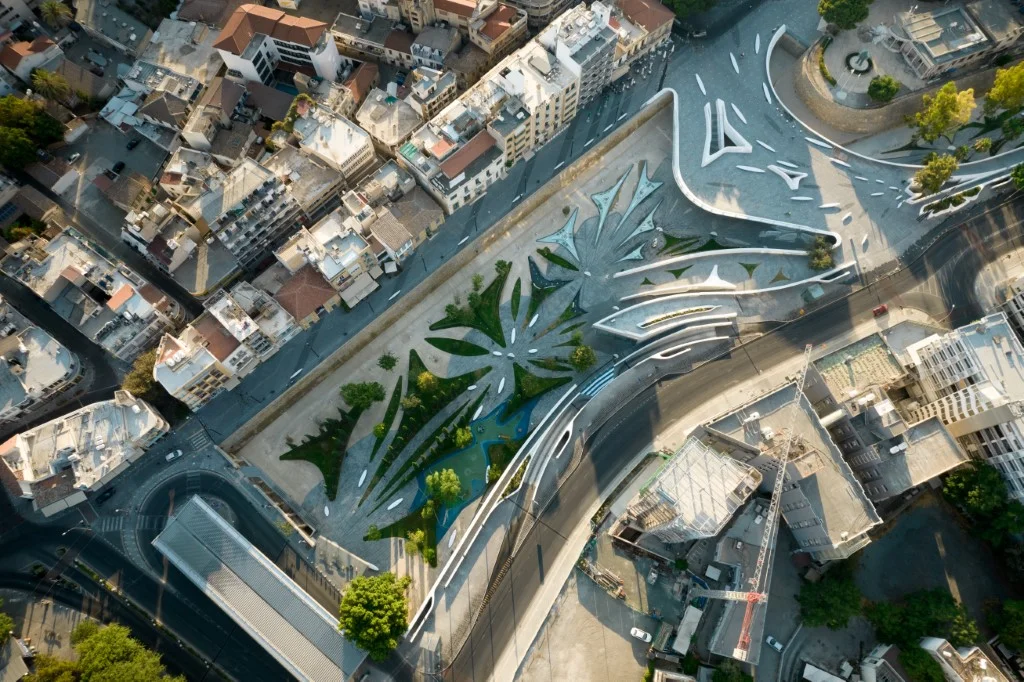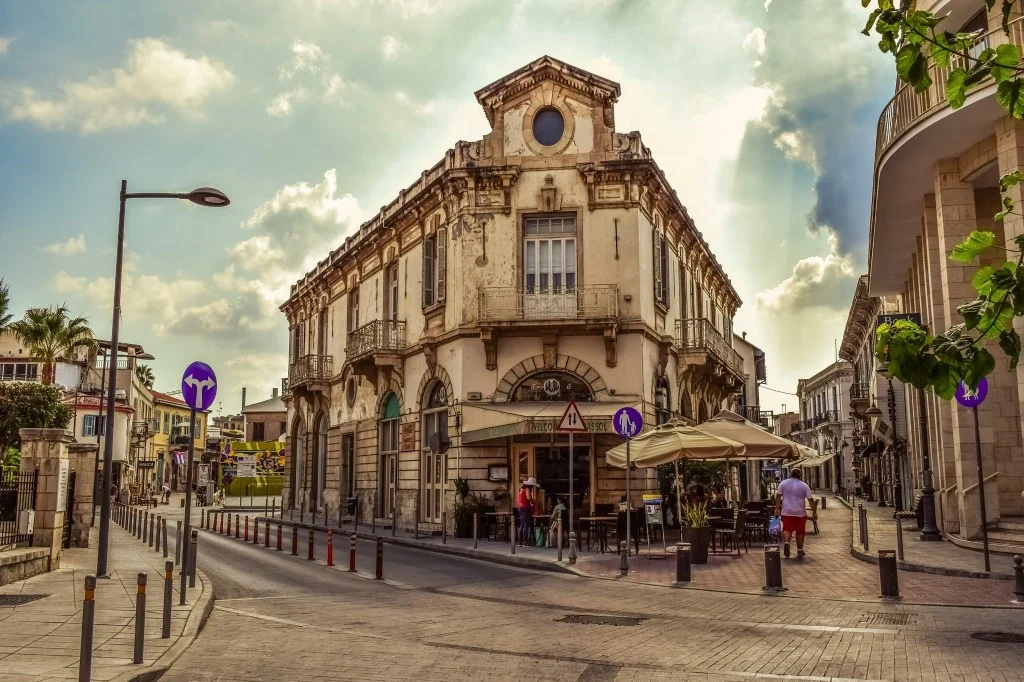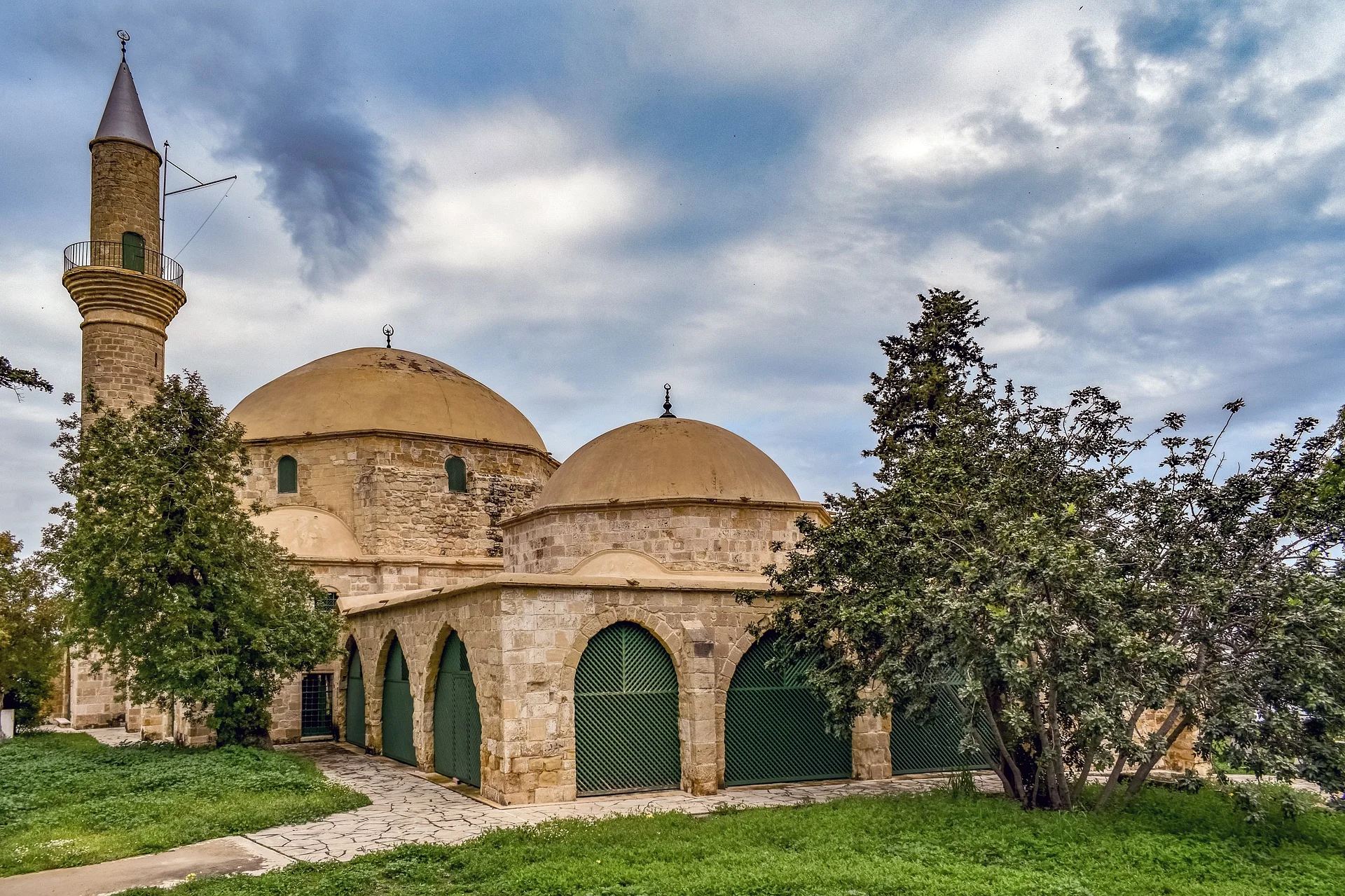Tourist information
Learn more about each destination
Whether you are planning a short trip, leisure, cultural outings, family vacation or just a fun evening that will soon be the place to ask.
Nicosia
Lefkosia (Nicosia), the island’s capital, combines both old and new in a busy modern commercial and business centre and a centuries-old culture. The centre of the city is its old quarter surrounded by a Venetian sandstone fortress wall with a moat and heart-shaped bastions.
Mosques and palm trees give an oriental atmosphere to the old city. Wander round narrow streets with overhanging balconies and the beautifully restored pedestrian precinct with craft shops, cafes and tavernas. Make sure you stop off at St John’s cathedral with its frescoes and the marvellous museum of Byzantine icons. In the evening catch a concert in the moat or an exhibition at the Famagusta Gate, one of the three original entrances into the old city, which has now been restored and is used as a cultural centre.
The new town spreads beyond the walls with a modern Europeanised centre of high-rise buildings, office blocks, shops and pavement cafes, expanding into suburban residential areas. Lefkosia offers the best in shopping and Stassicratous Street is the place for the ultimate shopping experience.
Of the city’s main sights, the Cyprus Museum houses the best collection of archaeological artefacts on the island, including a first century AD Roman statuette of Aphrodite of Soli and the original mosaic of Leda and the Swan, while the Leventis museum depicts the history of the town.
Limassol
The old town Lemesos (Limassol) is the heart of the city with its narrow streets radiating out from the old fishing harbour. The medieval Lemesos castle was the site of a royal wedding in the Middle Ages between Richard the Lionheart, King of England, and Berengaria of Navarre, and now houses the Cyprus Medieval Museum.
The town has grown in recent years and now covers a 15 kilometres coastline lined with hotels and apartment blocks, interspersed with eucalyptus groves and linked by a promenade popular with walkers or joggers.
The city’s inhabitants are renowned for their love of fun so not surprisingly the city’s nightlife is varied. All sorts of tavernas, discos and clubs are open all the year round, while beach bars along the coastal walkway add to the choice. Join in the Bacchian excesses at the Wine Festival in September, or have fun at the Carnival with its fancy dress chariot parade and parties in February. Or enjoy a summer concert under the stars in the Greco-Roman theatre of Kourion.
Larnaca
The mosque of Hala Sultan Tekke, built in honour of the Prophet Mohammed’s aunt, who died here after falling from her horse, is an important place of Moslem pilgrimage. Its minaret rises up amidst a copse of tall palm and cypress trees, shimmering like an oasis mirage on the edge of the salt lake, a favourite winter habitat for flamingoes and other migratory birds.
Larnaka (Larnaca) was the second home of St. Lazarus, who lived here after his resurrection and later became its first Bishop. The impressive 10th century Church of St Lazarus in the centre of the town was built over the saint’s tomb and is one of the finest examples of Byzantine architecture in Cyprus.
The town of Larnaka (Larnaca) is built over the ancient city kingdom of Kition, a rich sea port and major centre of the copper trade and later a Phoenician stronghold. Its remains can be seen today in its cyclopean walls made of giant blocks of stone and a complex of 12th century BC Mycenaean Greek temples.
Stroll along the palm-lined sea-front promenade, known as “Phinikoudes”, and indulge in some people-watching at one of the many pavement cafes or restaurants. The nearby marina is a favourite haunt for a friendly community of local yacht owners as well as yachtsmen from all over the world.
Paphos
As the capital of Cyprus for 600 years in antiquity, the archaeological legacy of Pafos (Paphos) is such that UNESCO put the whole city on its World Cultural Heritage List.
Admire the intricate floor mosaics in villas dating back to the Roman period depicting scenes from Greek mythology, considered among the finest in the Eastern Mediterranean. Equally impressive are the underground Tombs of the Kings carved out of solid rock and decorated with Doric pillars. Or visit St. Paul’s Pillar where legend has it the Apostle was flogged before converting the Roman governor, Sergius Paulus, to Christianity, and making Cyprus the first country in the world to be governed by a Christian.
A wide selection of accommodation is on offer in the city, ranging from luxury beachside hotels with every amenity, such as health spas, conference centres, fresh and salt-water pools and exotic gardens, to a variety of hotel apartments for the budget-conscious.
Relish mouthwatering delicacies at the numerous restaurants serving both local and international cuisine and offering exceptional value. Enjoy classical opera under the stars in the romantic setting of the medieval castle overlooking Pafos harbour during the various summer festivals. Or jive to the latest dance tunes at a plethora of entertainment spots, part of the modern town’s varied nightlife. Pafos won’t disappoint you.
Ammochostos
Once sleepy fishing villages, Agia Napa on the south-east coast with its fabulous beaches of fine white sand, and Protaras, the coastal area of Paralimni, in the east with its hundreds of windmills, nowadays buzz with life.
Spend the day sunning yourself on the beach, swimming in the warm turquoise waters or taking a short cruise along the coast. Some of the best snorkelling and diving can be had off Cape Gkreko, the eastern peninsula national forest park, with its secluded coves and rocky outcrops, impressive cliff top views and sea caves. In the evening dine at one of the many restaurants, especially one of the local ones in Paralimni, or jive to the latest sounds at one of numerous nightclubs.
This area is known collectively as the “Kokkinochoria“, “red soil villages”, because of the rich red earth in which Cyprus’ famous potatoes are grown. Culture lovers can explore the medieval churches found in villages like Sotira or go round the folk art museums displaying rural artefacts in Deryneia and Avgorou. Children will love the Marine Life museum or the new Sea Museum, “Thalassa”, in Agia Napa, which has an amazing replica of a 4th century trading ship which sunk off the coast of Kyrenia. Or you could stop off at the tiny estuary known by the locals as “Potamos” and watch the fishing boats haul in their catch in their multicoloured baskets.








